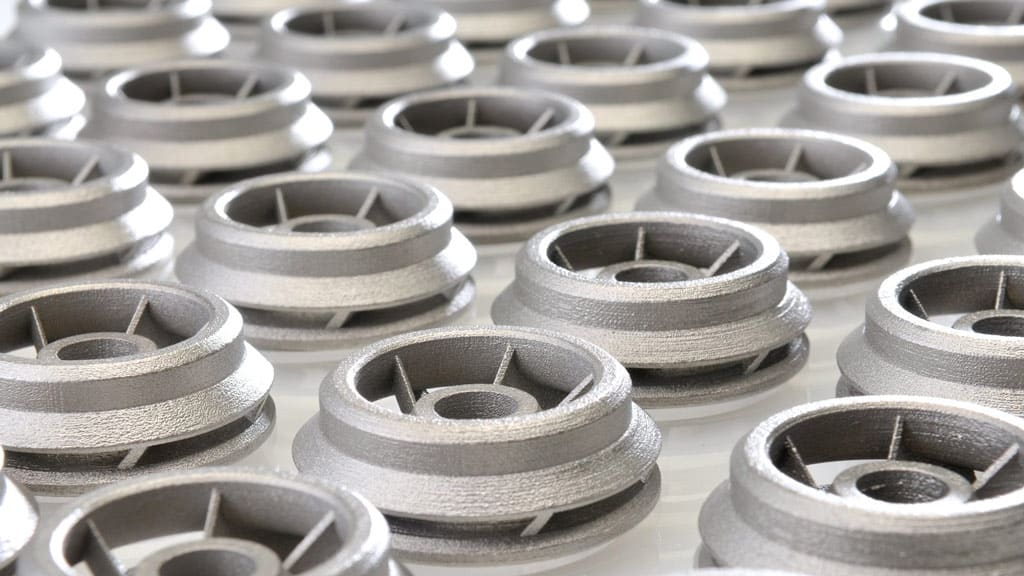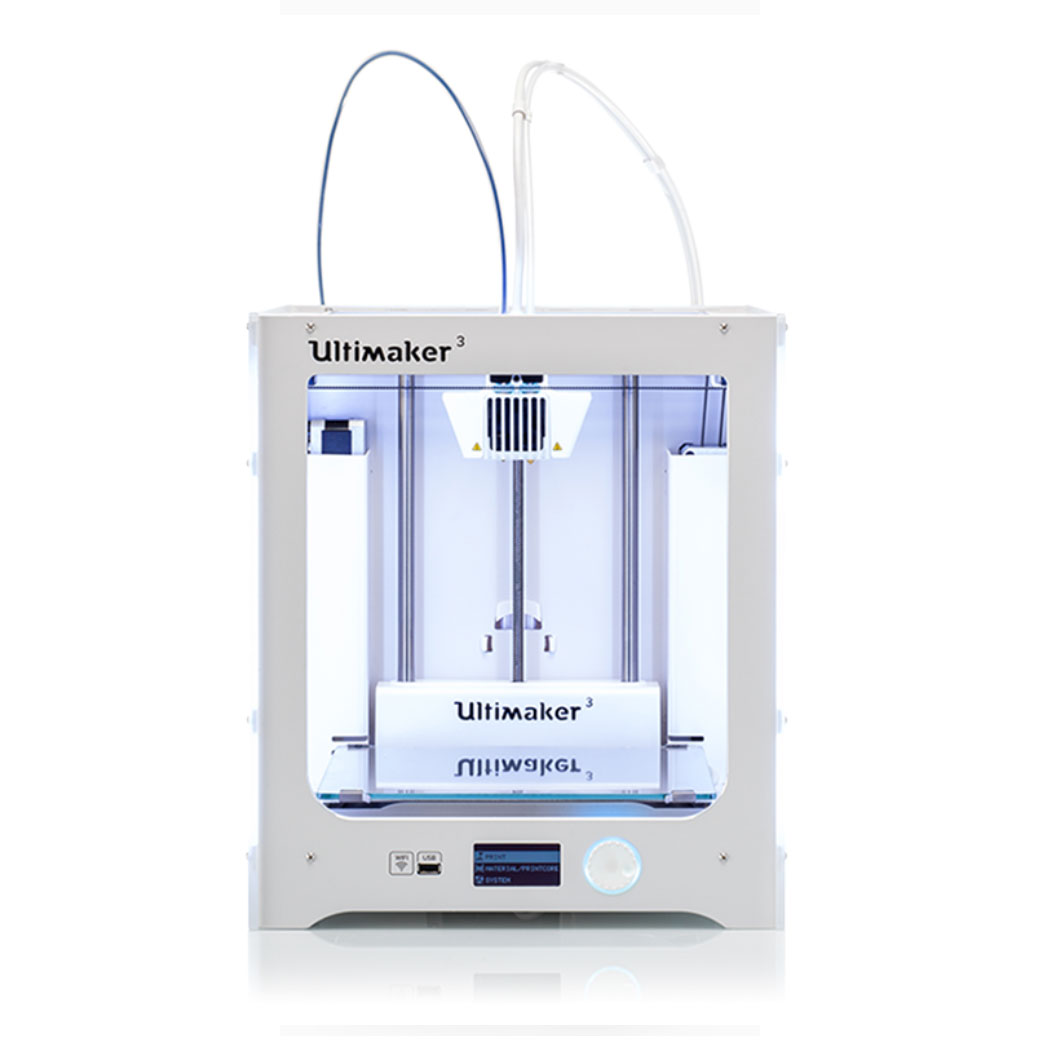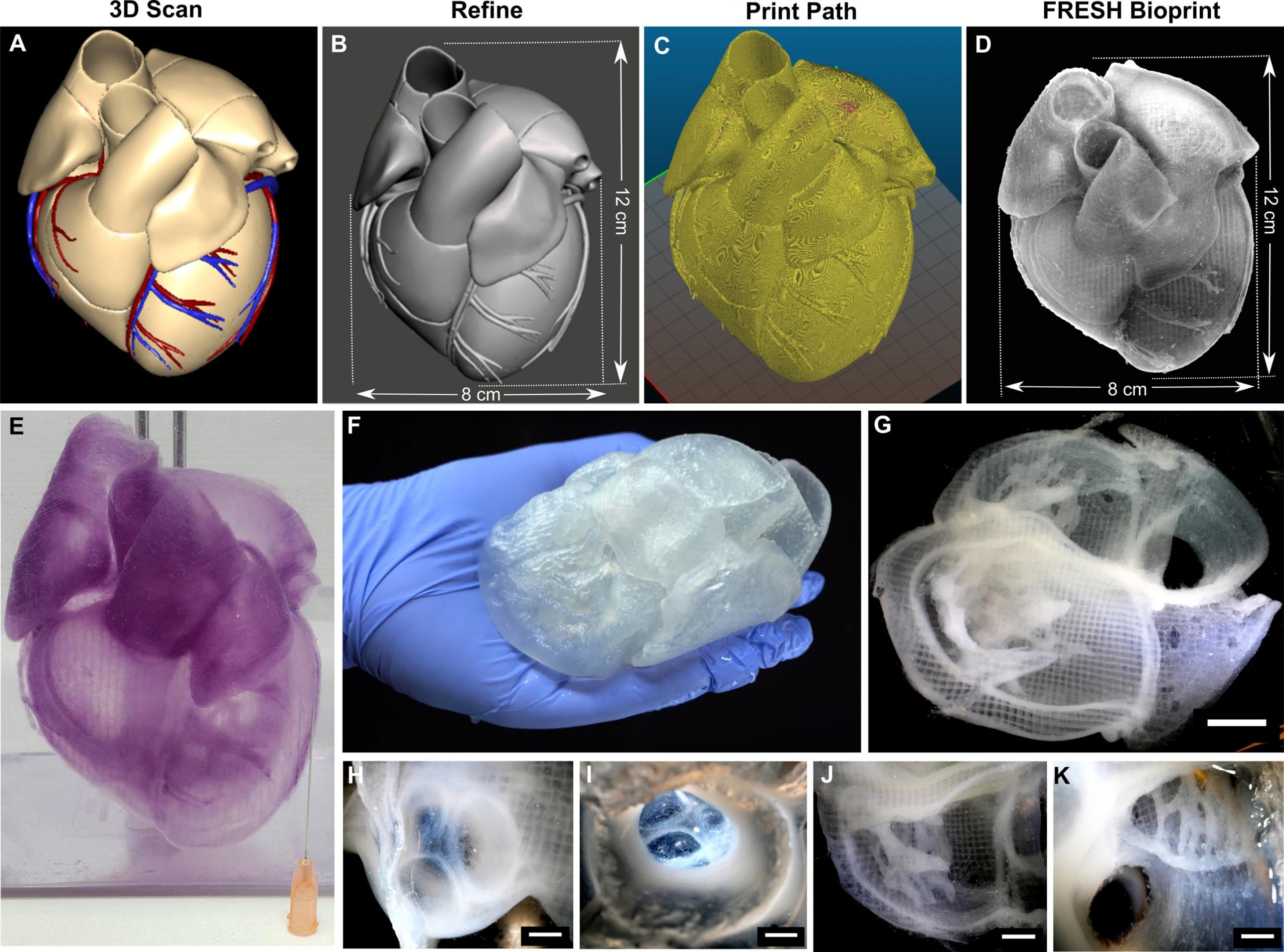3D printed graphene is revolutionizing the world of advanced materials, showcasing extraordinary potential in various engineering applications. This cutting-edge technology, pioneered by researchers at MIT, allows for the creation of 3D objects that are not only ten times stronger than steel but also remarkably lightweight. Such properties are critical for industries like aerospace and construction, where reducing weight without sacrificing strength is essential. The lightweight materials produced through 3D printing applications could transform the design of aircraft, vehicles, and even filtration systems. With MIT graphene research paving the way, the ability to manipulate graphene from a two-dimensional to a three-dimensional structure opens up endless possibilities for innovation in material science.
The emergence of three-dimensional graphene has brought forth a new era in the realm of structural engineering and material development. By leveraging innovative manufacturing techniques, researchers are now able to compress and configure graphene into stable, complex geometries that defy previous limitations. These advanced, lightweight composites promise to deliver a blend of exceptional strength and minimal weight, which could be game-changing in fields such as architecture and automotive design. Moreover, this fabrication approach not only highlights the versatility of graphene but also underscores its potential to work synergistically with other materials, further expanding the horizons of 3D printing technology.
Understanding 3D Printed Graphene and Its Applications
3D printed graphene represents a revolutionary leap in advanced materials technology. By leveraging the unique properties of graphene, researchers at MIT have created structures that are not only incredibly strong — boasting ten times the strength of steel — but also remarkably lightweight. This combination of strength and weight opens up a plethora of potential applications, particularly in the aerospace and automotive industries, where reducing weight is crucial for enhancing fuel efficiency and performance. The ability to produce complex geometries using 3D printing allows engineers to design components that can withstand extreme conditions while minimizing material usage.
In addition to traditional applications, 3D printed graphene may also transform constructions like buildings and filtration devices. The porous designs of these graphene structures enable effective filtration while maintaining structural integrity. The versatility of this technology suggests it can be adapted to various fields, from producing lighter yet stronger vehicles to creating more efficient waste management and environmental systems. By harnessing the structural advantages of graphene, industries can experience a significant shift towards more sustainable and efficient practices.
The Strength of Graphene in Lightweight Structures
Graphene’s remarkable strength-to-weight ratio is a game-changer in the field of lightweight materials. The research conducted at MIT has shown that when graphene is molded into 3D structures, it is no longer just a flat material; it gains significant mechanical advantages. For instance, the tested samples of 3D printed graphene exhibit only 5% of the density of steel while demonstrating extraordinary strength. This property makes graphene an attractive alternative for materials in aircraft and automotive manufacturing, where reducing weight by even a small percentage can lead to considerable improvements in performance.
Furthermore, the innovative geometries developed by the MIT team enhance the mechanical properties of graphene, creating shapes analogous to corals and diatoms that maximize strength while minimizing weight. By using multi-material 3D printing techniques, researchers can manipulate the density and architecture of graphene structures to optimize performance further. These advancements align with the push toward the use of advanced materials that not only meet but also exceed the demands of modern engineering.
Integrating Advanced Materials and 3D Printing Technologies
The intersection of advanced materials like graphene with 3D printing technology represents a frontier ripe for exploration. As the manufacturing landscape evolves, combining effective materials with sophisticated printing techniques is leading to unprecedented results in engineering and design. The ability to fabricate 3D printed graphene components allows for the creation of customized solutions tailored to specific industry needs, whether that be in transportation, architecture, or even electronics. This synergy enhances performance characteristics and promotes innovative design processes.
Moreover, the research efforts spearheaded by MIT serve to illuminate the pathways for further advancements in material science. By establishing parameters around the densities and configurations that maintain graphene’s advantageous properties, these findings can guide future explorations into new composite materials. The ultimate goal is to harness both the unique properties of graphene and the flexibility of 3D printing to produce superior products that enhance functionality and sustainability across various applications.
Key Insights from MIT’s Graphene Research
MIT’s groundbreaking research into 3D printed graphene has provided critical insights into the material’s limitations and potentials. The researchers discovered that while graphene demonstrates incredible strength at low densities, there are thresholds beyond which those mechanical advantages diminish. Understanding these limits is crucial for engineers who wish to incorporate graphene into practical applications. This knowledge not only aids in designing better products but also informs the selection of complementary materials that could enhance the overall performance of graphene structures.
In analyzing the mechanical properties of 3D printed graphene, MIT researchers conducted extensive computational simulations alongside physical tests. Such rigorous validation ensures that the theoretical models they developed align closely with real-world performance under various conditions. Insights garnered from these experiments will significantly impact future research directions, exploring how to maintain graphene’s benefits while potentially combining it with other lightweight materials, thereby creating an entirely new category of engineering materials.
Potential Applications of Lightweight Graphene Structures
The potential applications for lightweight 3D printed graphene structures extend beyond conventional industries, influencing innovative technologies and solutions. In aerospace, the incorporation of these advanced materials could lead to the development of planes that are lighter, and thus more fuel-efficient, reducing carbon emissions in an era where environmental sustainability is crucial. Moreover, the lightweight yet strong properties of graphene could also be leveraged to improve safety in vehicle manufacturing, as lighter materials can lead to enhanced performance without compromising structural integrity.
Furthermore, the ability to produce filtration devices using 3D printed graphene offers exciting possibilities for water purification and environmental remediation. The porous nature of graphene can be exploited to create highly efficient filters that can remove contaminants without incurring significant weight penalties. Such applications demonstrate the broad utility of graphene across diverse sectors and highlight its role in promoting greater efficiency and sustainability in modern manufacturing and environmental management.
The Promise of 3D Printing in Material Development
3D printing has evolved into a vital technology for developing advanced materials like graphene, enabling researchers to explore previously unattainable designs and properties. The flexibility of 3D printing technology allows for rapid prototyping and iterative testing, which accelerates the research and development process. As scientists like those at MIT discover more about the unique characteristics of 3D printed graphene, the capabilities of this technology to customize geometric configurations will lead to novel applications that can adapt to specific engineering requirements.
Moreover, the integration of 3D printing with material science permits a deeper understanding of how materials perform under varied conditions. By creating complex structures that mimic natural forms or optimizing shapes for specific stresses, engineers can push the boundaries of traditional manufacturing. This evolution in production techniques will foster an environment where innovative applications can thrive, creating materials that not only perform well but also contribute to a greener, more sustainable future.
Exploring the Mechanisms Behind Graphene’s Strength
The enhanced strength of 3D printed graphene can be attributed to the unique mechanisms that govern its structure and composition. Unlike traditional materials, graphene’s two-dimensional form is merely one layer thick; when manipulated into three-dimensional structures, it retains its extraordinary tensile qualities. The researchers at MIT demonstrated that effective manipulation through 3D printing can yield configurations that maximize strength while concurrently reducing weight, a critical advantage in high-performance applications.
Understanding these mechanisms allows researchers to establish design principles that can be applied across various domains. By studying how graphene behaves under different stress conditions, they can create models that predict performance accurately, leading to more effective engineering solutions. This exploration not only enhances the existing knowledge surrounding graphene but also encourages further innovation tailored to meet the stringent demands of modern technology.
Commercializing 3D Printed Graphene Materials
The commercialization of 3D printed graphene materials is on the horizon, with potential impacts across multiple industries. As research continually validates the durability and efficiency of these advanced materials, manufacturing sectors are poised to adopt graphene-based technologies for their competitive advantages. The transition from laboratory-scale innovations to large-scale production requires collaboration between researchers and industry leaders to bridge the gap and ensure the effective implementation of 3D printed graphene.
Key to this commercialization will be the continued exploration of cost-effective manufacturing processes. As the methods for producing 3D printed graphene become more efficient, the possibility of integrating these materials into everyday applications enhances. Whether it be in the form of lighter automotive parts or improved structural components in construction, the real-world benefits of graphene will significantly shape future markets, making this advanced material a cornerstone for diverse technological advancements.
Future Perspectives on Graphene and 3D Printing
The future of graphene and 3D printing presents exciting opportunities for research and technology. As capabilities improve and our understanding deepens, the potential for developing new forms of lightweight structures will continue to expand. Researchers are increasingly optimistic that the unique properties of graphene can be utilized in niche applications previously deemed impossible, driving further innovation. Moreover, collaboration across disciplines, including materials science, engineering, and computer modeling, will accelerate discoveries in this field.
Additionally, as sustainable practices become more mainstream, lightweight materials such as 3D printed graphene are likely to gain prominence. Industries will have to adapt to the demands for eco-friendly solutions that maintain performance while reducing environmental impacts. This trend bodes well for the expansion of graphene technology, promising a future where advanced materials play a pivotal role in responsible manufacturing and design, ultimately benefiting society as a whole.
Frequently Asked Questions
What are the benefits of 3D printed graphene in lightweight materials?
3D printed graphene offers exceptional strength-to-weight ratios, being ten times stronger than steel while significantly lighter. This makes it ideal for innovative lightweight materials used in various industries, such as aerospace, automotive, and construction, where reducing weight without sacrificing strength is crucial.
How does MIT’s research advance the applications of 3D printed graphene?
MIT’s research has successfully transformed graphene, traditionally a two-dimensional material, into robust three-dimensional structures that leverage its strength. This advancement opens up new 3D printing applications across multiple sectors, allowing for the creation of durable, lightweight components that can withstand heavy loads.
What is the significance of the strength of 3D printed graphene compared to traditional materials?
The strength of 3D printed graphene, which provides ten times the strength of steel at just 5% of its density, signifies a major breakthrough in advanced materials. It promises to revolutionize the design and manufacturing of numerous products requiring lightweight yet incredibly strong materials.
In what ways can 3D printed graphene be utilized?
3D printed graphene can be utilized in aircraft, vehicles, and buildings, benefiting from its lightweight and strong nature. Furthermore, its porous design makes it suitable for filtration devices, enhancing performance in applications that require high surface area and structural integrity.
What challenges did researchers face in 3D printing graphene?
Researchers previously struggled to harness graphene’s two-dimensional properties for 3D printing due to its extreme thinness. MIT’s breakthrough in creating stable, robust 3D graphene structures has overcome these challenges, paving the way for practical applications in various fields.
Can the structures created from 3D printed graphene replace other materials?
Yes, the geometries discovered in the 3D printed graphene process can potentially replace or enhance other materials, such as polymers or metals. The innovative aspect of the geometry can be combined with various materials to achieve superior performance in strength and weight.
What does the ‘sponge-like’ configuration of 3D printed graphene mean?
The ‘sponge-like’ configuration of 3D printed graphene allows for a reduced density while maintaining an immense surface area relative to volume. This unique structure enhances mechanical strength and can be creatively applied in various fields, including lightweight engineering and materials science.
How does the density of 3D printed graphene impact its mechanical performance?
The research identified critical densities for 3D printed graphene; when maintained below a certain threshold, the material exhibits remarkable mechanical advantages over standard polymeric cellular materials. This understanding is crucial for optimizing the performance of advanced lightweight materials.
Is it possible to use 3D printed graphene in unpowered flight applications?
While there was initial interest in using lightweight graphene structures for unpowered flight, the MIT researchers concluded that graphene would not replace helium in balloons, as the material lacks the necessary structural integrity under atmospheric pressure. However, other practical applications remain plentiful.
How do the properties of 3D printed graphene compare to those of traditional 3D printing materials?
3D printed graphene surpasses many traditional 3D printing materials in strength-to-weight ratio and structural integrity. Compared to common materials like plastics and metals, 3D printed graphene offers significant benefits in specialized applications where performance is paramount.
| Key Point | Details |
|---|---|
| 3D Printed Graphene Strength | Graphene structures are ten times stronger than steel but weigh only a fraction of it. |
| Lightweight Applications | Potential uses include lightweight solutions for aircraft, vehicles, buildings, and filtration devices. |
| Unique Structure | Graphene 3D models feature a sponge-like configuration with only 5% density. |
| Strength Testing | The structures were tested for tensile and compressive properties, showing promising results. |
| Research Published | Findings are published in the journal Science Advances, highlighting advancements in 3D printed graphene. |
| Innovation in Production | Utilized a proprietary multi-material 3D printer to develop the new graphene structures. |
| Limitations | 3D printed graphene structures cannot replace helium in unpowered flight due to strength limitations. |
Summary
3D printed graphene represents a revolutionary advancement in materials science, merging the incredible strength of graphene with innovative 3D printing techniques. The research from MIT demonstrates how these new structures can provide lightweight yet robust solutions for a variety of applications, ranging from aerospace to construction. As this technology matures, it promises to transform industries by offering alternatives that were previously thought impractical.


